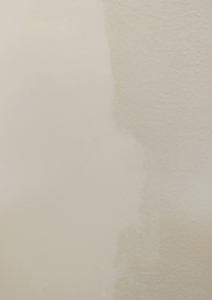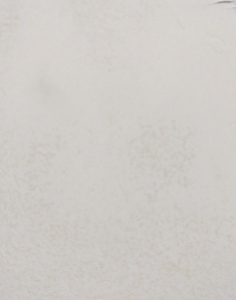Problem-solving on the fly – Not this again!
“Do you ever have déjà vu, Mrs. Lancaster?”
“I don’t think so, but I could check with the kitchen.”
-Groundhog Day – 1993
It’s always nice when things fall neatly into place, but quite often it seems that will not be the case because the house throws you a curveball or three and suddenly it’s as if you’re stuck in the Groundhog’s Day of home remodeling.
Since we started on this house 3 1/2 years ago, we’ve learned more than our fair share of lessons the difficult way. Not for lack of trying mind you, more so due to … what we will call a lack of information.
The way most projects go is as follows: make a plan and do any and all appropriate research, materials are purchased, project is started, and then, the “Oh S*** moment” happens where all the hard work and planning you’ve done starts to fall apart at the seams and you’re forced to take a step back and rethink everything.
Let me back up a bit here. We started painting our closet and quickly realized that the areas we had so painstakingly spackled and sanded smooth, stood out starkly against the rest of the rather textured wall.

With the walls already primed, we decided against trying to skim the closet walls, opting instead to complete painting and move on to the next area.
Now, most paint rollers will leave some sort of texture on even a completely smooth surface such as drywall. The thickness of the woven cover a.k.a. the “nap” of a roller will determine how much of a texture will be left on your walls and the type of surface you’re painting on will determine how thick of a nap you need. They can range in thickness from 1/4″ onwards to 1″ and are labeled with their thickness and best uses.
Back on point here, we chose 3/8″ nap rollers which are a fairly common choice for walls and ceilings and only leave a slight texture. The previous owners, however, must have used a much thicker nap roller as the rather obvious texture on our walls makes it look like they used an orange peel instead of a paint roller. And when you add sloppy brushwork (drips and all), with uneven and heavily textured walls, and well, you can start to see our predicament.
Skimming walls would be the ideal answer but from our experiences thus far in wall skimming, it’s incredibly labor intensive and material intensive. We easily blew through more than one 5-gallon bucket off drywall mud on the two skim jobs we did earlier in the year. And working in a small 5’x5’ish “room”, the mere thought of trying to maneuver a bucket, ladder, paint tray, and all our other supplies in such a small space is cold sweat, panic-inducing kind of stuff nightmares are made of.
So now what? Well, they necessity is the mother of invention and while we didn’t actually invent this method of skimming, I doubt we would have tried this had our hand not been somewhat forced. Now many of the online DIYers prefer what I call the quick and dirty skim method which is just drywall mud, a trowel (or tray) and a putty knife, as opposed to using the roll-on method that we had previously used.
We simply laid on as thin a coat of non-watered down drywall mud as possible. It was just enough to fill in and smooth out the walls. It took a bit of doing to get the right rhythm and thickness down but once we got in the groove, it turned out quite nicely.

Once everything had dried, only a light sanding was in order to get it ready to paint. Will we continue to use this method on future walls? I don’t know. Working in a 5 x 5 space is a lot different than on a 12′ long wall. I guess we’ll just have to see. (Also, my apologies for so many boring pictures of plain walls. Perhaps the next post will feature slightly more dynamic photos.)
-Cheers!